
Pitru Paksha, a 16-day period dedicated to ancestor worship, is one of the most spiritually significant times in Hindu tradition. In 2024, Pitru Paksha begins on September 17 and ends on October 2, with Hindus across the world performing Shradh rituals to honor their ancestors and seek their blessings. These rituals involve offerings of food, water, and prayers, ensuring that the souls of departed family members find peace and satisfaction in the afterlife.
However, Pitru Paksha is not only about offering food to ancestors; it also involves certain dietary restrictions for the living. Consuming specific foods is considered impure or inappropriate during this period, as it can disturb the spiritual process and negate the benefits of the Shradh rituals.
This blog explores the significance of avoiding certain food items during Pitru Paksha 2024 and provides a comprehensive guide to which foods should be avoided.
The period of Pitru Paksha is one of deep reverence and spiritual reflection. Hindus believe that during these 16 days, the souls of their ancestors visit the Earth to receive offerings. Performing Shradh with pure intentions and adhering to certain customs, including food restrictions, is essential to ensure that these souls are honored in the most respectful manner.
Dietary restrictions during Pitru Paksha are rooted in the idea of maintaining purity. During this time, the living must observe a sattvic (pure) diet, which avoids foods that are believed to increase tamasic (impure) or rajasic (overstimulating) qualities. The rationale behind this is simple: sattvic foods promote calmness, purity, and spiritual growth, while tamasic and rajasic foods are thought to cloud the mind and disrupt the spiritual atmosphere needed for the rituals.
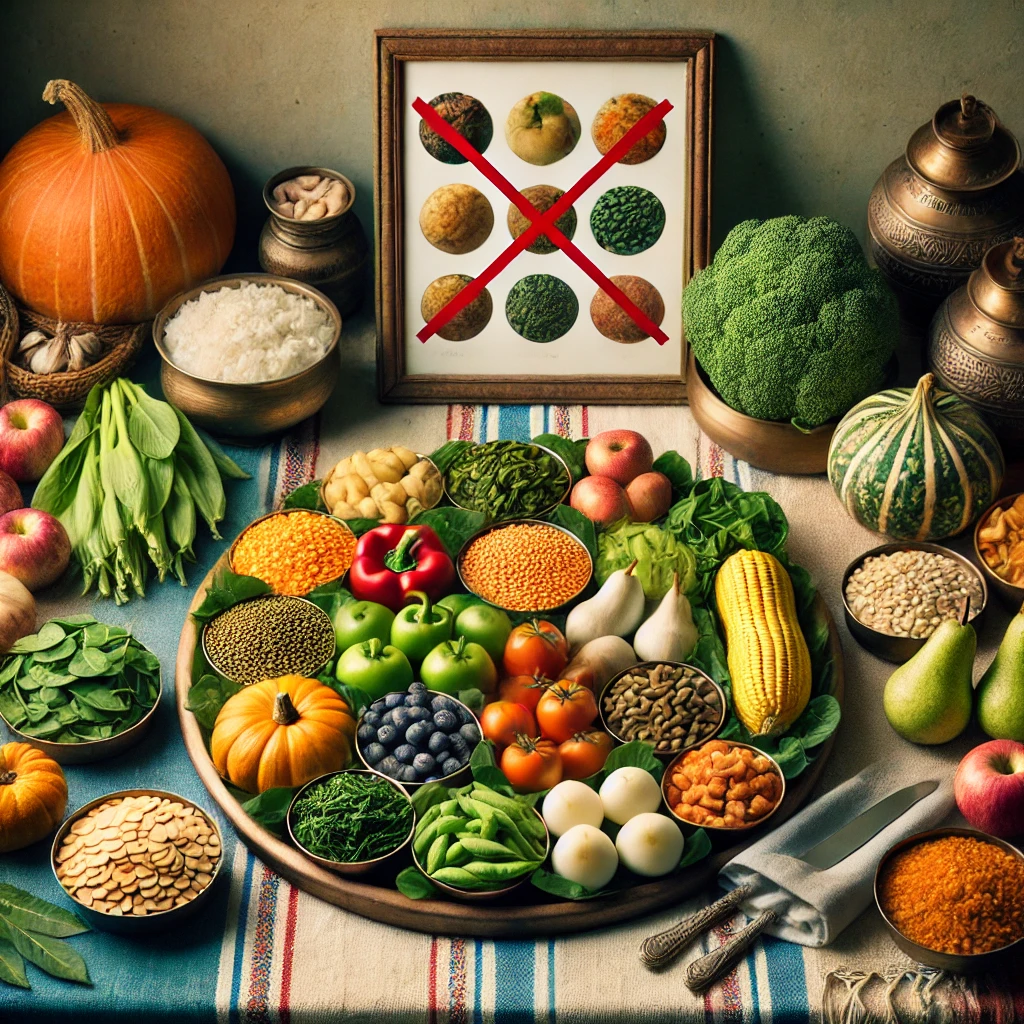
In Pitru Paksha 2024, the spiritual significance of a sattvic diet takes center stage. A sattvic diet is not just about following a vegetarian or healthy eating plan—it is a deeply symbolic and spiritual practice that aims to cleanse both the body and mind. The term “sattvic” comes from the Sanskrit word sattva, meaning purity, harmony, and balance. Foods that fall under the sattvic category are considered fresh, wholesome, and spiritually uplifting, and they are believed to help individuals achieve a state of calmness and devotion. This is particularly crucial during Pitru Paksha when Hindus perform Shradh rituals to honor their ancestors.
A sattvic diet includes simple and natural foods like fresh fruits, vegetables, grains, and dairy products. These foods are thought to nourish the body without over-stimulating the senses, making it easier for devotees to focus on their prayers and rituals. The spiritual essence of Pitru Paksha is rooted in connecting with the souls of deceased ancestors, and this connection requires purity in both thought and action. The sattvic diet plays an essential role in maintaining this purity, ensuring that the mind is clear, peaceful, and ready for spiritual activities.
The sattvic diet is revered for its ability to promote mental clarity and spiritual awareness. During Shradh rituals, Hindus believe that the souls of their ancestors descend to receive offerings. These offerings typically include sattvic foods, which are considered pure enough to be consumed by the souls of the departed. The belief is that by consuming sattvic foods themselves, participants align their energy with the peaceful and benevolent spirits of their ancestors. This alignment fosters an environment of spiritual harmony where the living and the deceased can connect through prayers and offerings.
In contrast, tamasic and rajasic foods—those that stimulate negative emotions or cloud the mind—are strictly avoided. Tamasic foods like meat, onions, garlic, and fermented products are considered heavy and dulling. They are believed to promote lethargy, confusion, and materialistic tendencies, which go against the spiritual nature of Shradh. Rajasic foods, on the other hand, are overly stimulating and are thought to ignite emotions like anger, greed, and restlessness. This includes spicy, oily, or processed foods that distract the mind from focusing on spiritual matters. The consumption of such foods is believed to disturb the delicate spiritual balance required during Pitru Paksha.
By following a sattvic diet, individuals create a serene internal and external environment. This diet encourages purity of mind and body, enabling participants to approach Shradh rituals with the right intention, devotion, and focus. A calm and clear mind is essential to perform rituals effectively, ensuring that prayers and offerings reach the ancestors in a meaningful way.
The offerings made during Shradh ceremonies are an integral part of Pitru Paksha 2024. These offerings, known as Pind Daan, typically consist of sattvic foods like cooked rice, ghee, black sesame seeds, and fruits. These foods are offered to the ancestors as a way of nourishing their souls. The idea is that pure, sattvic foods will spiritually sustain the ancestors, bringing them peace in the afterlife.
Moreover, a sattvic diet symbolizes the act of self-purification. During Pitru Paksha, devotees refrain from consuming foods that could taint their spiritual purity, reflecting a deep respect for their ancestors. By offering sattvic foods to their forebears, Hindus demonstrate that they are upholding the spiritual values passed down by previous generations. This exchange of food between the living and the deceased is seen as a bridge that connects the two realms, reinforcing familial bonds that transcend life and death.
The rituals of Pitru Paksha are a time of solemn reflection, prayer, and honoring those who have passed away. For many families, this is an emotionally intense period, especially when remembering and connecting with the souls of their ancestors. The sattvic diet aids participants in maintaining emotional stability and mental clarity, which is vital for carrying out the rituals with full concentration.
A sattvic diet is naturally calming and grounding. It helps reduce stress, anxiety, and agitation—emotions that can distract from the spiritual focus required during Shradh. When consuming foods like fresh fruits, milk, whole grains, and lightly cooked vegetables, participants are more likely to feel emotionally balanced and connected to their purpose. These foods help foster positive emotions like love, compassion, and respect, which are the cornerstones of ancestor worship during Pitru Paksha 2024.
In contrast, consuming tamasic or rajasic foods can lead to emotional disturbances that take away from the sanctity of the rituals. For example, tamasic foods like meat are associated with aggression, lethargy, and even anger, which can cloud the mind and prevent the participant from focusing on their spiritual duties. Rajasic foods, such as spicy or overly processed items, tend to overstimulate the senses, leading to distraction and a lack of control over thoughts and emotions. This imbalance can hinder the spiritual progress made during Shradh, as the mind becomes preoccupied with sensory desires rather than focusing on the divine connection with ancestors.
Observing a sattvic diet during Pitru Paksha is also a way of showing deep respect for one’s ancestors. By adhering to the dietary restrictions, participants demonstrate their willingness to purify their bodies and minds as an offering to the souls of the departed. This act of self-discipline and sacrifice is seen as an expression of gratitude and reverence. It reflects the participant’s commitment to carrying out the rituals with sincerity, ensuring that their ancestors are honored in the best possible way.
In essence, the sattvic diet is more than a set of food restrictions—it is a spiritual practice that elevates the mind and body to a higher level of consciousness. It allows devotees to create a sacred space within themselves, enabling a stronger connection with their ancestors during Pitru Paksha 2024. By avoiding tamasic and rajasic foods, participants can engage in the rituals with a clear heart and mind, ensuring that their prayers and offerings reach the ancestors with full potency.
Following a sattvic diet during Pitru Paksha 2024 is an essential aspect of performing Shradh rituals with devotion and purity. It aligns the body and mind with the spiritual energy needed to connect with the ancestors, creating an environment of peace, clarity, and reverence. Through the sattvic diet, participants honor their ancestors, purify their own energy, and foster a harmonious relationship between the living and the deceased, ensuring that the cycle of life, death, and rebirth continues in balance and harmony.
While each region and family may follow slightly different customs, there are several food categories generally avoided during Pitru Paksha 2024. These include meat, fish, eggs, alcohol, and specific vegetables and spices, all of which are believed to disturb the spiritual purity required during this sacred time.
Let’s explore these food restrictions in more detail:
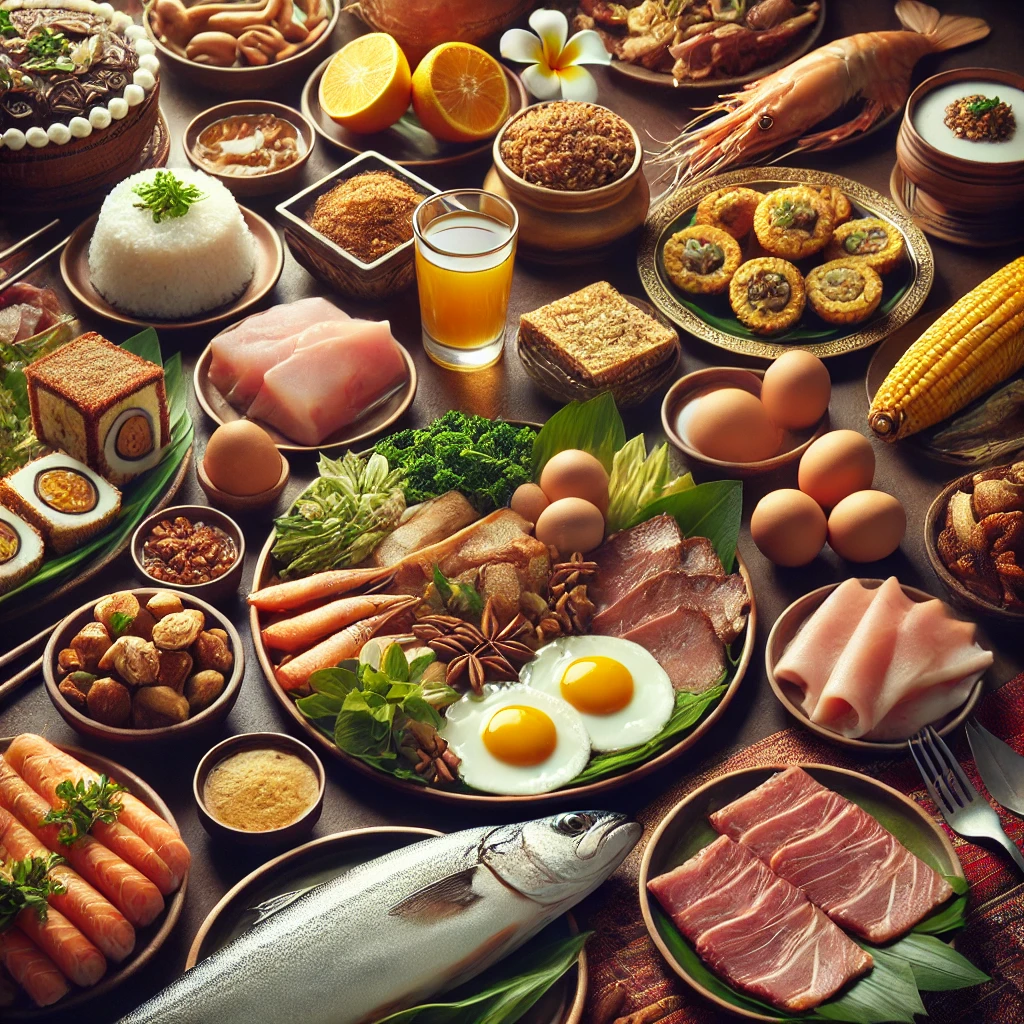
One of the most well-known restrictions during Pitru Paksha is the avoidance of all non-vegetarian foods, including meat, poultry, fish, and eggs.
Garlic and onion are widely used in Indian cooking, but they are considered rajasic foods, meaning they stimulate the senses and can lead to heightened emotions or restlessness.
Although lentils and pulses are generally seen as healthy vegetarian options, certain types of lentils, particularly masoor dal (red lentils), are considered impure during Pitru Paksha.
During Pitru Paksha, alcohol and any form of intoxicants are strictly avoided. This includes not only alcoholic beverages but also products like tobacco.
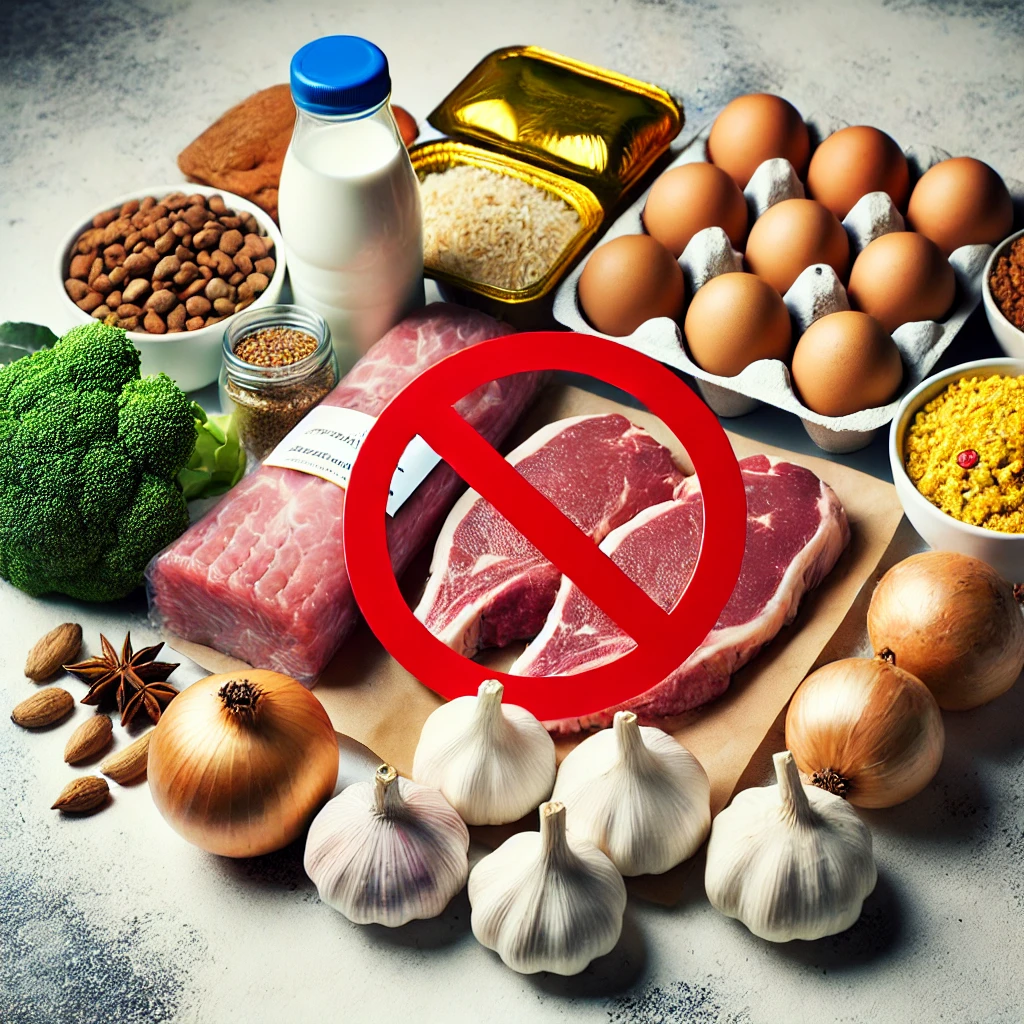
Packaged and processed foods are generally avoided during Pitru Paksha due to their association with tamasic energy. These foods often contain preservatives, artificial flavors, and other ingredients that are considered impure.
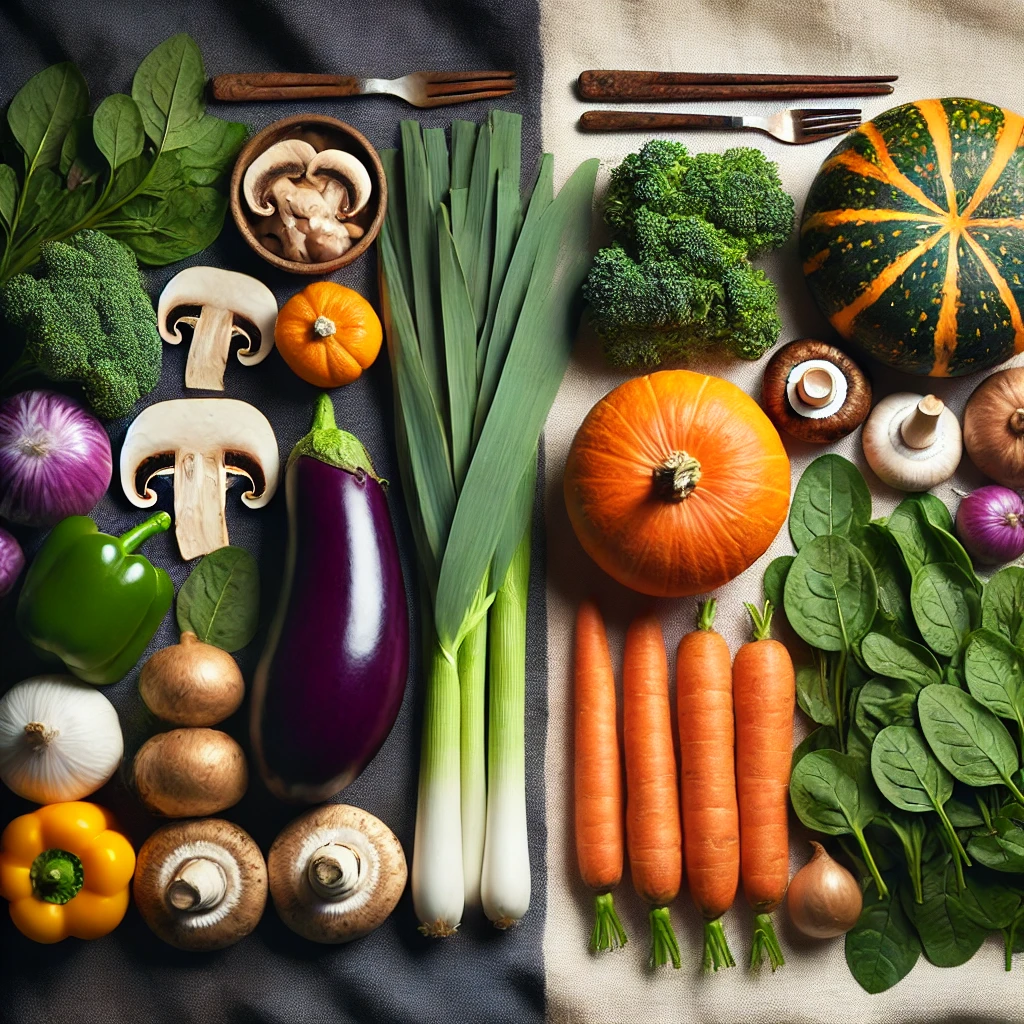
While most vegetables are considered acceptable during Pitru Paksha, there are some exceptions, such as brinjal (eggplant), mushrooms, and leeks, which are generally avoided.
In some traditions, grains like rice and wheat are avoided on specific days of Pitru Paksha, especially on Amavasya (the new moon day).
Spicy and oily foods are typically avoided during Pitru Paksha because they are believed to over-stimulate the senses and create restlessness.
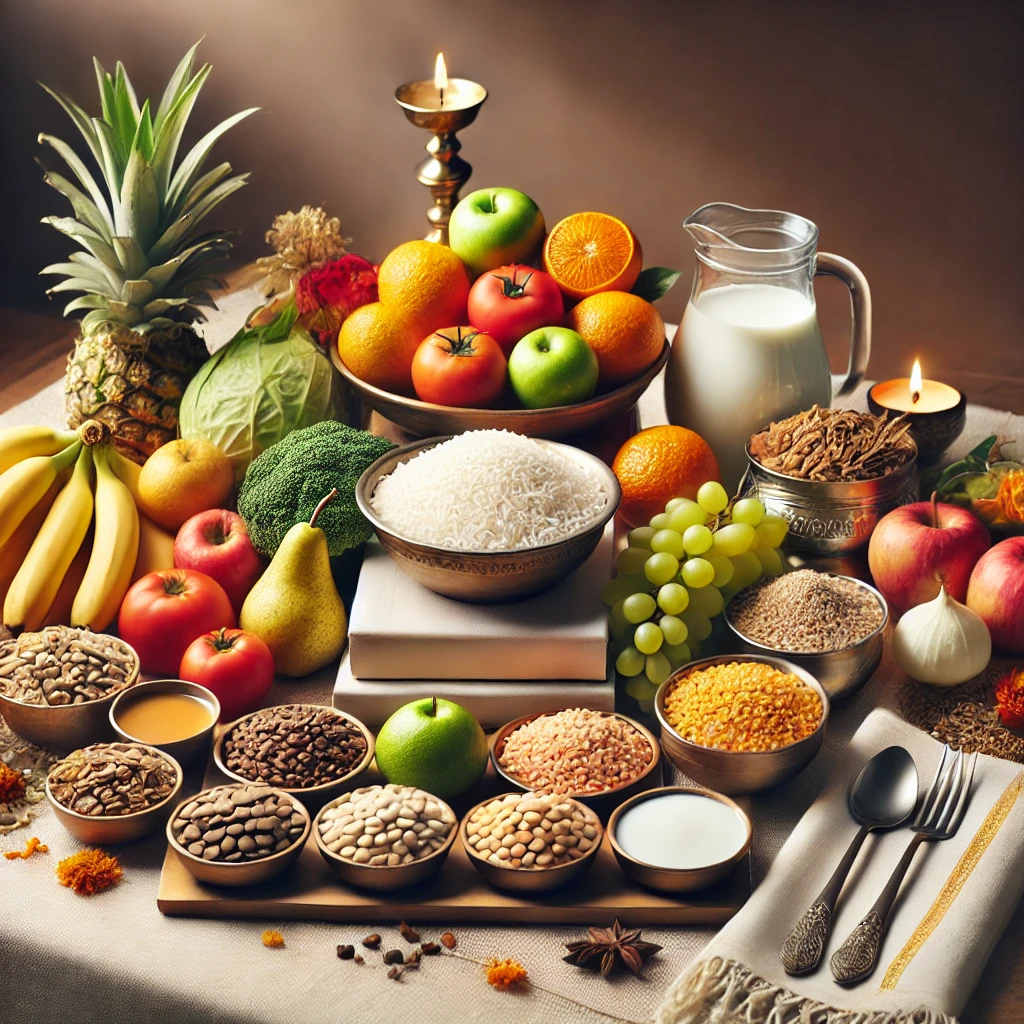
While there are numerous restrictions on what not to eat during Pitru Paksha, there is also a wide variety of sattvic foods that can be consumed. Here are some recommended foods that maintain spiritual purity and are traditionally prepared during Shradh:
Many individuals observe fasts on specific days of Pitru Paksha 2024, particularly on the most significant days like Amavasya (the new moon day) or the death anniversary of a family member. Fasting is seen as a way to purify the body and mind, allowing for deeper focus on the Shradh rituals.

In addition to food restrictions and rituals, charity plays an important role during Pitru Paksha. Offering food, clothes, or financial support to the needy is seen as a way to honor ancestors and extend their blessings to those in need. Many families prepare extra food during Shradh rituals to distribute to the poor, symbolizing generosity and compassion.
Pitru Paksha 2024 is a sacred time of honoring ancestors through Shradh rituals, and adhering to food restrictions during this period is essential for maintaining spiritual purity. By avoiding tamasic and rajasic foods, participants create an environment that fosters devotion, reflection, and peace, ensuring that their ancestors are properly remembered and satisfied.
While the food restrictions may seem strict, they serve a greater purpose of elevating the spiritual atmosphere during Pitru Paksha, helping individuals focus on their connection with the ancestors. By following these guidelines and embracing a sattvic diet, families can ensure that their Shradh rituals are performed with the highest level of respect, devotion, and spiritual clarity.
If you liked this article or, then do write us in the comment section below.
Author – Amit Pradhan
For Astrology, Numerology, and Reiki Services – Contact us at 9324801420 or drop your queries at [email protected]
For more information Subscribe to our website to know more about such facts.
For an enquiry, write to us at [email protected]
👉If you liked this article or, then do write us in the comment section below.
For Astrology, Numerology, and Reiki Services
We also deal in original quality and certified Rudraksha, Crystals and Gems.
👉Shop Now Original Rudraksha & Crystals
For more daily updates do like and Follow Us on our Social Channels and keep visiting www.jaymahakaal.com
Shradh 2024- Know Pitru Paksha Date, Rituals & Significance
Jay Mahakaal 🕉️